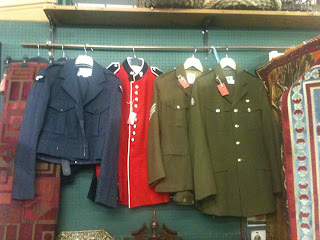A gas mask is a mask put on over the face to protect the wearer from inhaling airborne pollutants and toxic gases. The mask forms a sealed cover over the nose and mouth, but may also cover the eyes and other vulnerable soft tissues of the face. Some gas masks are also respirators , though the word gas mask is often used to refer to military equipment. The user of the gas mask is not protected from gas that the skin can absorb.
Airborne toxic materials may be gaseous for example the chlorine gas used in world war 1 such as many biological agents developed for weapons such as bacteria, viruses and toxins. Many gas masks include protection from both types. During riots where tear gas or CS-gas is employed by riot police, gas masks are commonly used by police and rioters alike.
Aside from serving their functional purposes, gas masks are also used as emblems in industrial music, by graffiti taggers because the mask protects them from the graffiti canister's toxic fumes, and by urban explorers venturing into environments where materials such as asbestos is present.
The traditional gas mask style with two small circular eye windows originated when the only suitable material for these eye windows was glass or perspex as glass is notoriously brittle, glass eye windows had to be kept small and thick. Later, discovery of polycarbonate allowed gas masks with a big full-face window. Some have one or two filters attached to the face piece. Some have a large filter connected to the face piece by a hose.
At the start of the war citizens had not been issued with a gas mask. In a government documented "if war should come"(issued to people in July 1939, the explanation for this was that district leaders might have decided to keep gas masks in storage until they decided that an emergency situation had developed. However, the public was told to tell their local Air Raid Warden if they had not been issued with a gas mask and neighbours had. It was the responsibility of air raid wardens to ensure that everybody had been issued with a gas mask.
Babies had special gas masks made for them which would only be issued if an emergency situation arose - see above photo. Children were issued with what became known as "Mickey Mouse" gas masks - the nickname was an attempt by the government to make the gas masks seem less scary.
The gas mask as we know it today evolved from inventions over time that were intended for use by deep sea divers, firefighters and mine workers. A popular misconception about the gas mask was that it was invented by Garrett A. Morgan in 1914. Morgan's invention didn't resemble anything remotely like today's mask and was simply a hood with a breathing tube that hung to the floor so a firefighter could draw breath from the lower, cleaner layers of air while fighting a fire. It was later adapted for mine rescues where the tubes could be manipulated to avoid flooded mine tunnels or gas filled pockets. The question of who invented the gas mask is to this day not easily answered.
The research above was found on websites such as the history of gasmasks.com and also Wikipedia when searching in the history of gas masks.


















































